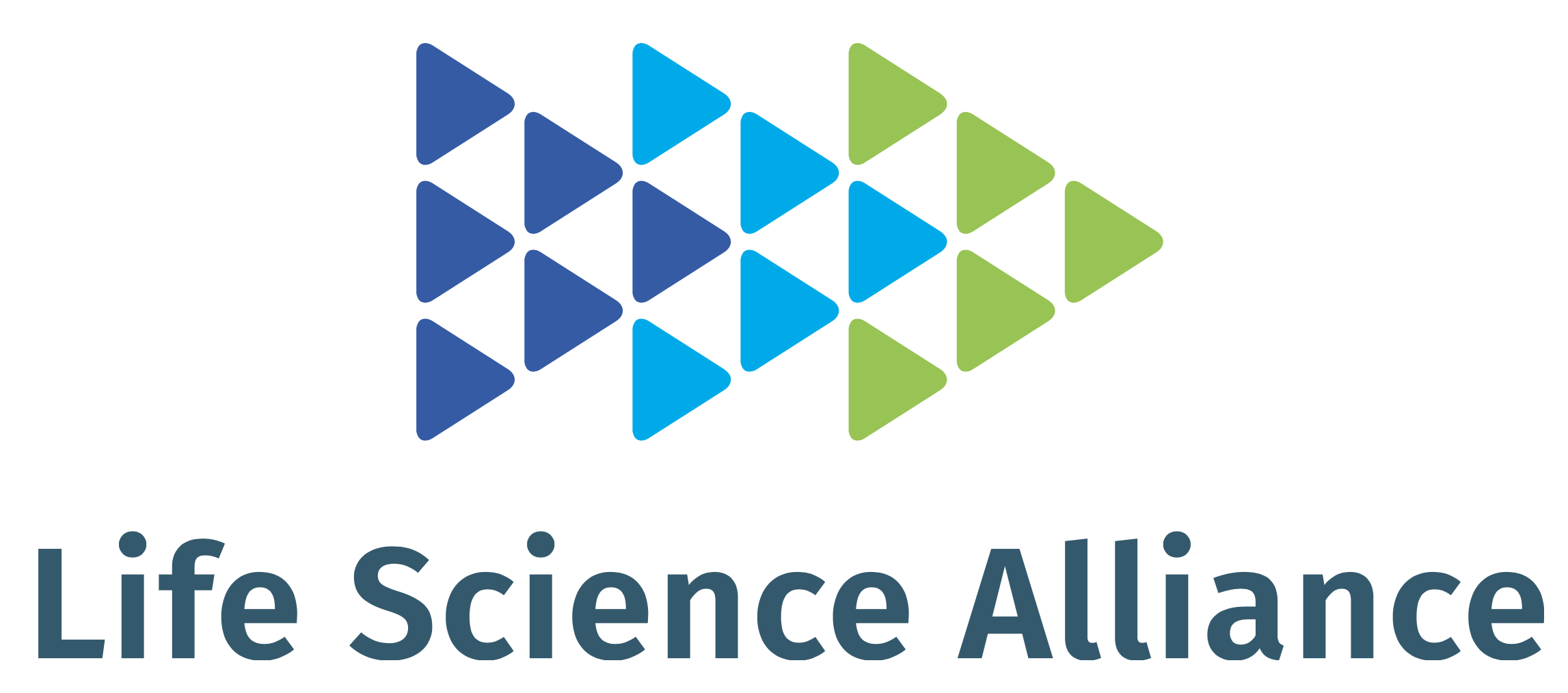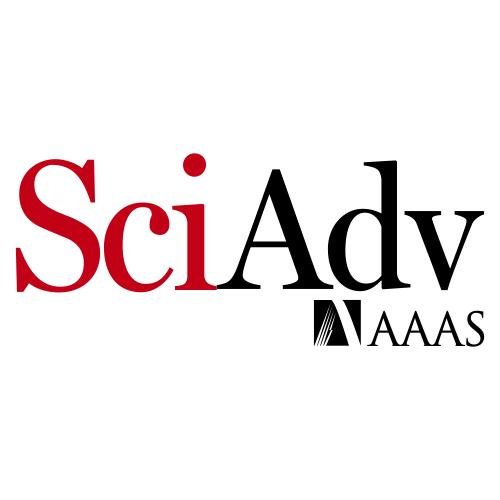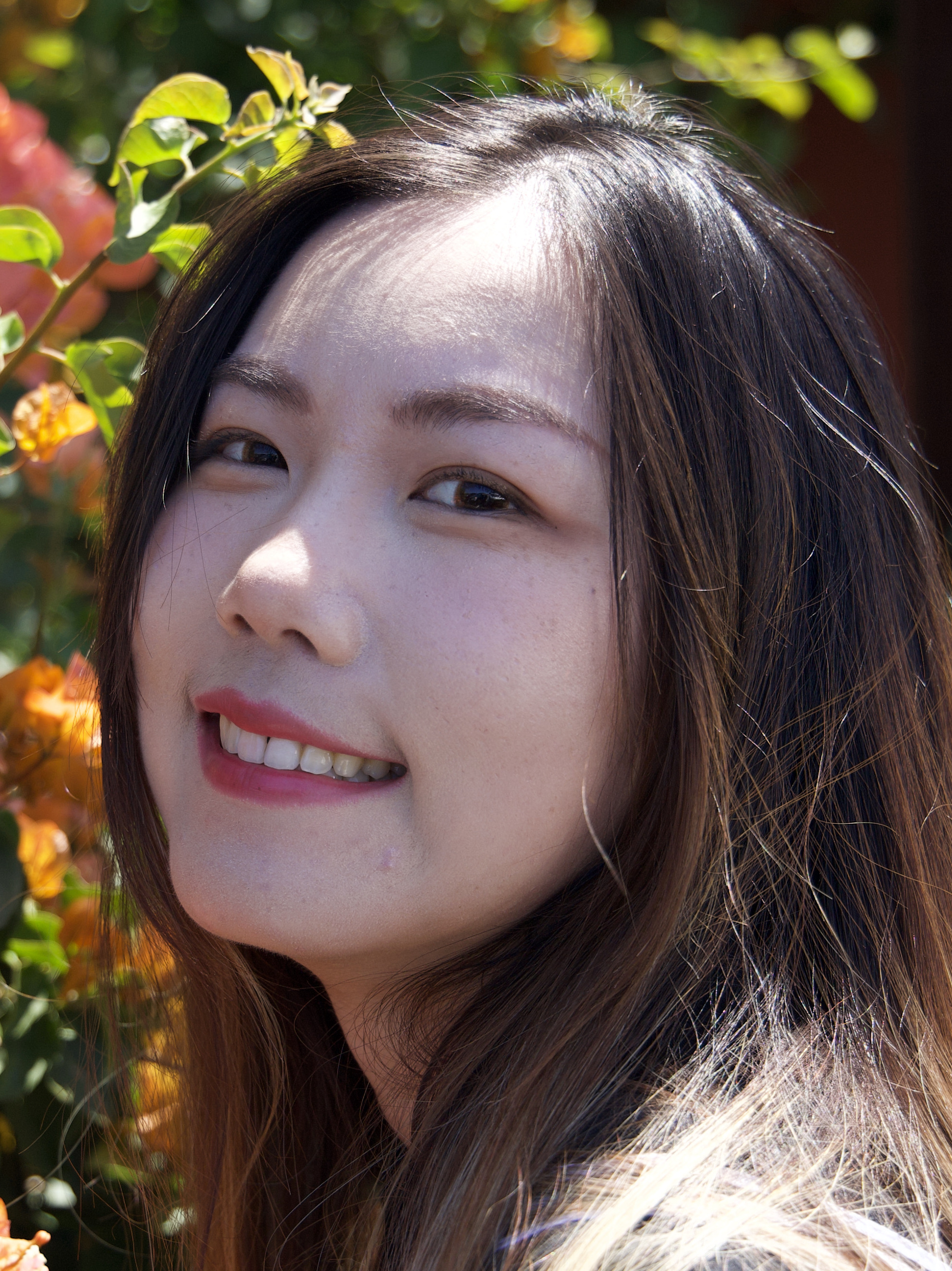News
-
12 2022
Biochemistry published our collaborative work on RNA metabolic labeling spearheaded by the Spitale lab Scott Atwood
 Current transcriptome-wide analyses have identified a growing number of regulatory RNA with expression that is characterized in a cell-type-specific manner. Herein, we describe RNA metabolic labeling with improved cell-specificity utilizing the in vivo expression of an optimized uracil phosphoribosyltransferase (UPRT) enzyme. We demonstrate improved selectivity for metabolic incorporation of a modified nucleobase (5-vinyuracil) into nascent RNA, using a battery of tests. The selective incorporation of vinyl-U residues was demonstrated in 3xUPRT LM2 cells through validation with dot blot, qPCR, LC-MS/MS and microscopy analysis. We also report using this approach in a metastatic human breast cancer mouse model for profiling cell-specific nascent RNA.
Read More PDF
Current transcriptome-wide analyses have identified a growing number of regulatory RNA with expression that is characterized in a cell-type-specific manner. Herein, we describe RNA metabolic labeling with improved cell-specificity utilizing the in vivo expression of an optimized uracil phosphoribosyltransferase (UPRT) enzyme. We demonstrate improved selectivity for metabolic incorporation of a modified nucleobase (5-vinyuracil) into nascent RNA, using a battery of tests. The selective incorporation of vinyl-U residues was demonstrated in 3xUPRT LM2 cells through validation with dot blot, qPCR, LC-MS/MS and microscopy analysis. We also report using this approach in a metastatic human breast cancer mouse model for profiling cell-specific nascent RNA.
Read More PDF
-
9 2022
Nicholas Bradbury has joined the lab! Scott Atwood
 Nick, a brilliant master's student from the Biotechnology program, has decided to pursue his master's work in the lab. Nick received his B.S. in Microbiology from UC Davis where he worked on bifidobacteria and how gasoline leaks affect microbial ecosystems. He went on to perform research at UC San Diego where he investigated mast cells in skin immune function. Nick is excited to expand his interests by defining how primary cilia function during epidermal hyperplasia. Welcome to the lab!
Nick, a brilliant master's student from the Biotechnology program, has decided to pursue his master's work in the lab. Nick received his B.S. in Microbiology from UC Davis where he worked on bifidobacteria and how gasoline leaks affect microbial ecosystems. He went on to perform research at UC San Diego where he investigated mast cells in skin immune function. Nick is excited to expand his interests by defining how primary cilia function during epidermal hyperplasia. Welcome to the lab!
-
7 2022
Life Science Alliance published our collaborative work on ERK2 regulation of SUFU-GLI1 binding spearheaded by the Bardwell lab Scott Atwood
 Crosstalk between the Hedgehog and MAPK signaling pathways occurs in several types of cancer and contributes to clinical resistance to Hedgehog pathway inhibitors. Here we show that MAP kinase-mediated phosphorylation weakens the binding of the GLI1 transcription factor to its negative regulator SUFU. ERK2 phosphorylates GLI1 on three evolutionarily conserved target sites (S102, S116, and S130) located near the high-affinity binding site for SUFU; these phosphorylations cooperate to weaken the affinity of GLI1–SUFU binding by over 25-fold. Phosphorylation of any one, or even any two, of the three sites does not result in the level of SUFU release seen when all three sites are phosphorylated. Tumor-derived mutations in R100 and S105, residues bordering S102, also diminish SUFU binding, collectively defining a novel evolutionarily conserved SUFU affinity–modulating region. In cultured mammalian cells, GLI1 variants containing phosphomimetic substitutions of S102, S116, and S130 displayed an increased ability to drive transcription. We conclude that multisite phosphorylation of GLI1 by ERK2 or other MAP kinases weakens GLI1-SUFU binding, thereby facilitating GLI1 activation and contributing to both physiological and pathological crosstalk.
Read More PDF bioRxiv
Crosstalk between the Hedgehog and MAPK signaling pathways occurs in several types of cancer and contributes to clinical resistance to Hedgehog pathway inhibitors. Here we show that MAP kinase-mediated phosphorylation weakens the binding of the GLI1 transcription factor to its negative regulator SUFU. ERK2 phosphorylates GLI1 on three evolutionarily conserved target sites (S102, S116, and S130) located near the high-affinity binding site for SUFU; these phosphorylations cooperate to weaken the affinity of GLI1–SUFU binding by over 25-fold. Phosphorylation of any one, or even any two, of the three sites does not result in the level of SUFU release seen when all three sites are phosphorylated. Tumor-derived mutations in R100 and S105, residues bordering S102, also diminish SUFU binding, collectively defining a novel evolutionarily conserved SUFU affinity–modulating region. In cultured mammalian cells, GLI1 variants containing phosphomimetic substitutions of S102, S116, and S130 displayed an increased ability to drive transcription. We conclude that multisite phosphorylation of GLI1 by ERK2 or other MAP kinases weakens GLI1-SUFU binding, thereby facilitating GLI1 activation and contributing to both physiological and pathological crosstalk.
Read More PDF bioRxiv
-
6 2022
Science Advances published our work on single cell analysis of human basal cell carcinomas Scott Atwood
 How basal cell carcinoma (BCC) interacts with its tumor microenvironment to promote growth is unclear. Here we use singe-cell RNA sequencing to define the human BCC ecosystem and discriminate between
normal and malignant epithelial cells. We identify spatial biomarkers of both tumors and their surrounding stroma that reinforce the heterogeneity of each tissue type. Combining pseudotime, RNA velocity-PAGA, cellular entropy, and regulon analysis in stromal cells reveal a
cancer-specific rewiring of fibroblasts where STAT1, TGF-β, and inflammatory signals induce a non-canonical WNT5A program that maintains the stromal inflammatory state. Cell-cell communication modeling suggests that tumors respond to the sudden burst of fibroblast-specific
inflammatory signaling pathways by producing heat shock proteins, whose expression we validated in situ. Finally, dose-dependent treatment with an HSP70 inhibitor suppresses in vitro vismodegib-resistant BCC cell growth, Hedgehog signaling, and in vivo tumor growth in a BCC
mouse model, validating HSP70’s essential role in tumor growth and reinforcing the critical nature of tumor microenvironment crosstalk in BCC progression.
Read More PDF bioRxiv
How basal cell carcinoma (BCC) interacts with its tumor microenvironment to promote growth is unclear. Here we use singe-cell RNA sequencing to define the human BCC ecosystem and discriminate between
normal and malignant epithelial cells. We identify spatial biomarkers of both tumors and their surrounding stroma that reinforce the heterogeneity of each tissue type. Combining pseudotime, RNA velocity-PAGA, cellular entropy, and regulon analysis in stromal cells reveal a
cancer-specific rewiring of fibroblasts where STAT1, TGF-β, and inflammatory signals induce a non-canonical WNT5A program that maintains the stromal inflammatory state. Cell-cell communication modeling suggests that tumors respond to the sudden burst of fibroblast-specific
inflammatory signaling pathways by producing heat shock proteins, whose expression we validated in situ. Finally, dose-dependent treatment with an HSP70 inhibitor suppresses in vitro vismodegib-resistant BCC cell growth, Hedgehog signaling, and in vivo tumor growth in a BCC
mouse model, validating HSP70’s essential role in tumor growth and reinforcing the critical nature of tumor microenvironment crosstalk in BCC progression.
Read More PDF bioRxiv
-
6 2022
Lulu Lai has joined the lab! Scott Atwood
 Lulu, a passionate graduate student, has decided to pursue her thesis work in our lab. Lulu received her B.S. in Biochemistry and Statistics from Baylor University. She went on to earn a Master's degree in Biostatistics from Washington University in St. Louis where she worked on single cell analysis of immune regulation of heart disease. Lulu came from the MCSB Program and is excited to work on the initial immune response in basal cell carcinoma. Welcome to the lab!
Lulu, a passionate graduate student, has decided to pursue her thesis work in our lab. Lulu received her B.S. in Biochemistry and Statistics from Baylor University. She went on to earn a Master's degree in Biostatistics from Washington University in St. Louis where she worked on single cell analysis of immune regulation of heart disease. Lulu came from the MCSB Program and is excited to work on the initial immune response in basal cell carcinoma. Welcome to the lab!
-
6 2022
Congratulations to Dr. Eric Tarapore on defending his thesis! Scott Atwood
 Eric successfully defended his thesis through remarkable adversity. With an actual in-person presentation, Eric demonstrated his mastery of GLI transcription factor regulation and his dissertation committee was happy to announce that Dr. Tarapore was ready to make his mark on the world.
Eric successfully defended his thesis through remarkable adversity. With an actual in-person presentation, Eric demonstrated his mastery of GLI transcription factor regulation and his dissertation committee was happy to announce that Dr. Tarapore was ready to make his mark on the world.
Eric pushed the boundaries of post-translational GLI regulation by performing two massive screens to define how these transcription factors are oncogenically activated. He identified a host of activating mutations that have led to groundbreaking discoveries, including novel interaction partners that temporally modulate activity over the cell cycle, changing the dogma of GLI processing, and identifying new ways C2H2 zinc finger transcription factors bind DNA in response to post-translational modifications.
Eric will be missed. Good luck on your new adventures and know that we will always be supporting you! -
6 2022
Congratulations to Chan Hong on defending her Master's thesis! Scott Atwood
 Chan successfully defended her Master's thesis, demonstrating a remarkable mastery of psoriasis biology and how primary cilia influences this disease.
Chan successfully defended her Master's thesis, demonstrating a remarkable mastery of psoriasis biology and how primary cilia influences this disease.
Chan defined the connection between primary cilia, the immune system, and psoriasis. Truly innovative discoveries. She also became an expert in tissue processing and staining, far surpassing her decrepit PI.
Congratulations and good luck on your new adventures in industry. You are always welcome back and know that we will always be supporting you! -
4 2022
Journal of the American Chemical Society published our collaborative work on cancer-cell selective metabolic labeling spearheaded by the Spitale LabScott Atwood
 Tissues and organs are composed of many diverse cell types, making cell-specific gene expression profiling a major challenge. Herein we report that endogenous enzymes, unique to a cell of interest,
can be utilized to enable cell-specific metabolic labeling of RNA. We demonstrate that appropriately designed “caged” nucleosides can be rendered active by serving as a substrate for cancer-cell specific enzymes to enable RNA metabolic labeling, only in cancer cells. We envision
that the ease and high stringency of our approach will enable expression analysis of tumor cells in complex environments.
Read More PDF
Tissues and organs are composed of many diverse cell types, making cell-specific gene expression profiling a major challenge. Herein we report that endogenous enzymes, unique to a cell of interest,
can be utilized to enable cell-specific metabolic labeling of RNA. We demonstrate that appropriately designed “caged” nucleosides can be rendered active by serving as a substrate for cancer-cell specific enzymes to enable RNA metabolic labeling, only in cancer cells. We envision
that the ease and high stringency of our approach will enable expression analysis of tumor cells in complex environments.
Read More PDF
-
3 2022
Gavin Long has joined the lab! Scott Atwood
 Gavin, an experienced graduate student, has decided to pursue his thesis work in our lab. Gavin received his B.S. in Cellular and Molecular Biology from California State University - Northridge. He went on to earn a Master's degree in Cellular and Molecular Biology from the same institution where he worked on FANCI gene regulation. Gavin came from the CMB Program and is excited to work on the role of melanocytes in tumor progression. Welcome to the lab!
Gavin, an experienced graduate student, has decided to pursue his thesis work in our lab. Gavin received his B.S. in Cellular and Molecular Biology from California State University - Northridge. He went on to earn a Master's degree in Cellular and Molecular Biology from the same institution where he worked on FANCI gene regulation. Gavin came from the CMB Program and is excited to work on the role of melanocytes in tumor progression. Welcome to the lab!
-
3 2022
Journal of College Science Teaching published our work on undergraduate student engagement Scott Atwood
 Online engagement, or the use of online supplementary instruction and assessment, in high-structure courses is gaining popularity as a useful tool to facilitate instruction, assignments,
and examinations. High-structure courses, which include regular pre- and post- class assessments and significant active learning during class, have been shown to increase student engagement and improve student performance, whereas electronic learning has shown mixed results.
The goal of this study was to assess online engagement in a large-enrollment, lecture-style undergraduate cell biology course. The course was taught using a high-structure approach that required students to read the textbook and complete assignments before class, actively
participate in class, complete review quizzes after class, and assess learning through examinations. Use of the online component was voluntary and included the e-book, associated online guides, videos, hyperlinks, experimental walk-throughs, and enhanced practice questions
not found in the textbook. We found that while a statistically significant difference on preclass assignments resulted from voluntary use of the online component, no difference was observed on examinations. Satisfaction or future-use scores did not stratify along preclass
assignments or examinations. Future studies are needed to define how to successfully incorporate online engagement in high-structure large lecture courses.
Read More PDF
Online engagement, or the use of online supplementary instruction and assessment, in high-structure courses is gaining popularity as a useful tool to facilitate instruction, assignments,
and examinations. High-structure courses, which include regular pre- and post- class assessments and significant active learning during class, have been shown to increase student engagement and improve student performance, whereas electronic learning has shown mixed results.
The goal of this study was to assess online engagement in a large-enrollment, lecture-style undergraduate cell biology course. The course was taught using a high-structure approach that required students to read the textbook and complete assignments before class, actively
participate in class, complete review quizzes after class, and assess learning through examinations. Use of the online component was voluntary and included the e-book, associated online guides, videos, hyperlinks, experimental walk-throughs, and enhanced practice questions
not found in the textbook. We found that while a statistically significant difference on preclass assignments resulted from voluntary use of the online component, no difference was observed on examinations. Satisfaction or future-use scores did not stratify along preclass
assignments or examinations. Future studies are needed to define how to successfully incorporate online engagement in high-structure large lecture courses.
Read More PDF
-
2 2022
Yunlong Jia has joined the lab! Scott Atwood
 Yunlong, an outstanding postdoctoral scholar, has decided to pursue his training in our lab. Yunlong received his B.E. in Biological Engineering from Anyang Institute of Technology in China.
He went on to get a M.S. in Cancerology at Claude Bernard University in France where he investigated HOXA9 interaction with transcription factors in breast cancer. He stayed in France to get his Ph.D. in Molecular and Cell Biology from Ecole Normale Superieure de Lyon where
he developed and optimized large-scale bimolecular florescence complementation (BiFC) screening for human HOX interactomes. Yunlong is currently
defining human skin equivalent organoids through single cell technologies. Welcome to the lab!
Yunlong, an outstanding postdoctoral scholar, has decided to pursue his training in our lab. Yunlong received his B.E. in Biological Engineering from Anyang Institute of Technology in China.
He went on to get a M.S. in Cancerology at Claude Bernard University in France where he investigated HOXA9 interaction with transcription factors in breast cancer. He stayed in France to get his Ph.D. in Molecular and Cell Biology from Ecole Normale Superieure de Lyon where
he developed and optimized large-scale bimolecular florescence complementation (BiFC) screening for human HOX interactomes. Yunlong is currently
defining human skin equivalent organoids through single cell technologies. Welcome to the lab!
- Previous Older posts